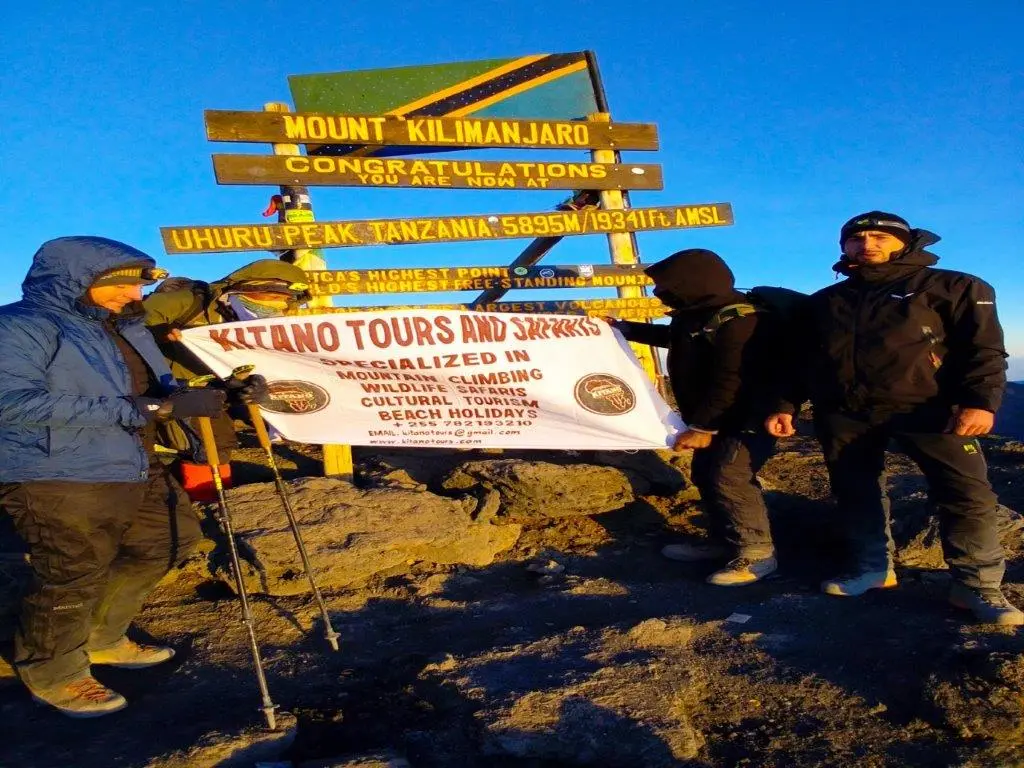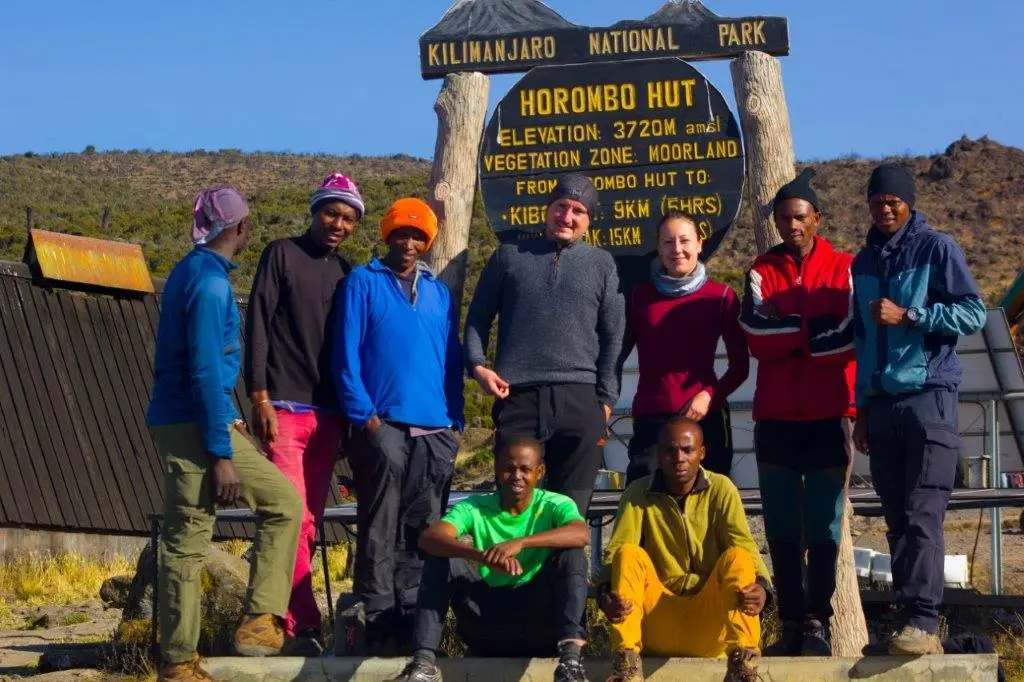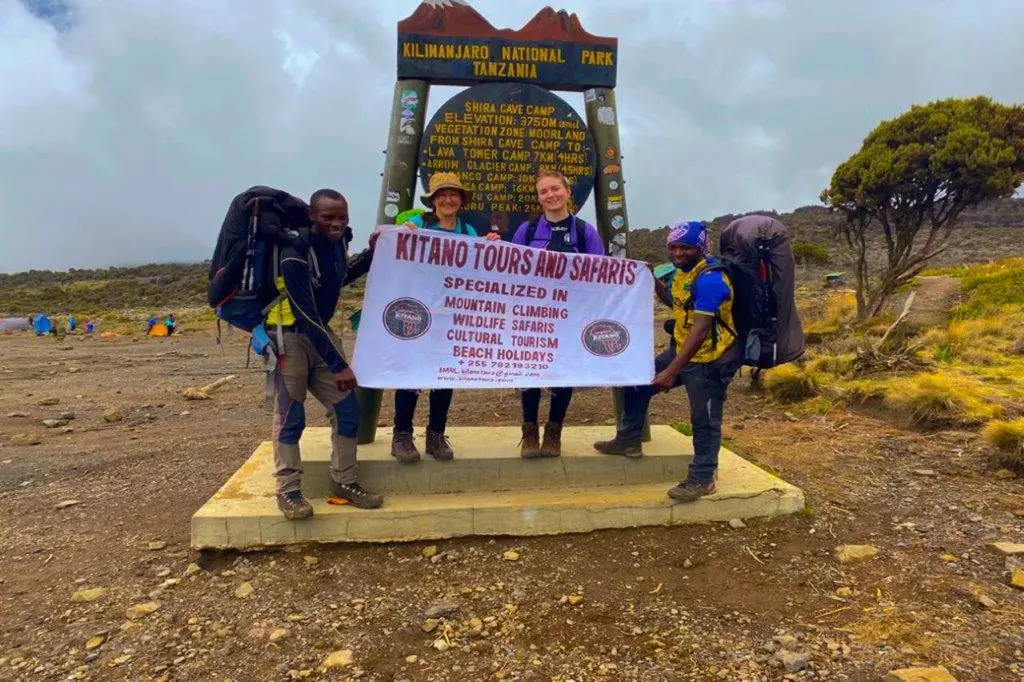Routes and Itinerary Options
When planning a Kilimanjaro expedition in April, it is crucial to consider the various routes and itinerary options available. Each route offers a unique experience and presents different challenges and advantages.
Some popular routes for climbing Kilimanjaro in April include the Marangu, Machame, Lemosho, and Rongai routes. The Marangu route, also known as the "Coca-Cola" route, is the most straightforward and commonly chosen path. On the other hand, the Machame route is known for its scenic beauty and offers a more challenging climb. The Lemosho and Rongai routes are less crowded and provide a more remote and peaceful experience. Exploring different hiking routes and summiting strategies is crucial to finding the best fit for your abilities and preferences. It is advisable to consult with experienced climbers or tour operators who can provide guidance based on your fitness level and expectations.
When it comes to the itinerary, climbers should consider allowing ample time for acclimatization. Slow and steady ascent is essential to minimize the risk of altitude sickness and maximize the chances of reaching the summit successfully. Most itineraries range from five to nine days, with longer durations allowing for better acclimatization and increased chances of success.
Acclimatization and Altitude Sickness
Acclimatization is a crucial factor for a successful climb on Kilimanjaro in April. As climbers ascend to higher altitudes, the decreasing oxygen levels can have a significant impact on their bodies. Altitude sickness can pose a challenge during the April expedition and can range from mild symptoms like headaches and nausea to more severe conditions requiring immediate descent.
To combat altitude sickness, climbers should follow a slow and gradual ascent, allowing their bodies to adjust to the changing altitude. This can be achieved by incorporating rest days into the itinerary and practicing the "climb high, sleep low" principle. Hydration is also essential to aid acclimatization, so climbers should drink plenty of water throughout the expedition. In case of any signs of altitude sickness, it is crucial to communicate with the guides and support staff immediately. They are trained to recognize the symptoms and take appropriate action, which may include descending to lower altitudes or administering medications. It is important to prioritize safety over reaching the summit and to listen to the advice of the experienced guides.
Guides and Support Staff
Experienced guides play a vital role in ensuring a successful Kilimanjaro expedition in April. They possess extensive knowledge of the mountain, its routes, and weather conditions, which can be invaluable in navigating the challenges that climbers may face. Their expertise can greatly enhance the overall experience and increase the chances of reaching the summit. In addition to guides, the support staff also plays a crucial role in ensuring the safety and comfort of climbers. Porters carry the necessary equipment and supplies, allowing climbers to focus on the ascent. Cooks prepare nutritious meals to provide climbers with the energy they need for the challenging journey. The entire support team works together to create a supportive and efficient environment for a successful climb.Safety Measures and Emergency Procedures
Safety measures are of utmost importance when climbing Kilimanjaro in April. The unpredictable weather conditions and challenging terrain require climbers to be well-prepared and equipped to handle any emergencies that may arise. Climbers should ensure they have comprehensive travel insurance that covers high-altitude trekking and medical evacuations. It is also advisable to undergo a thorough medical check-up before embarking on the expedition to identify any underlying health conditions that may pose risks at high altitudes. Emergency procedures should be clearly communicated and understood by all climbers. This includes knowing the location of emergency evacuation points, carrying a well-stocked first aid kit, and understanding the signs and symptoms of altitude sickness. Regular communication with the guides and support staff is essential to address any safety concerns promptly
Choose Your RouteHow to book Kilimanjaro climbing in April
To book Kilimanjaro climbing in April, use the following methods
Email: kitanotours@gmail.com
WhatsApp: (+255) 782193210



